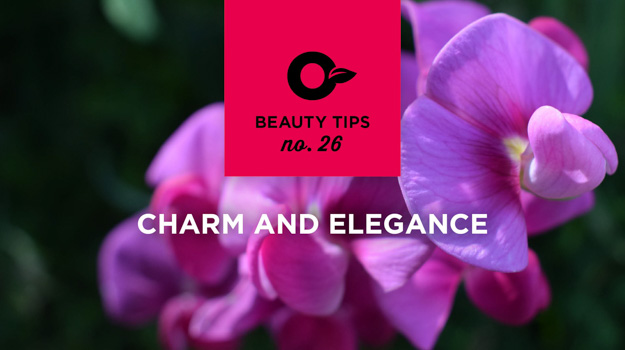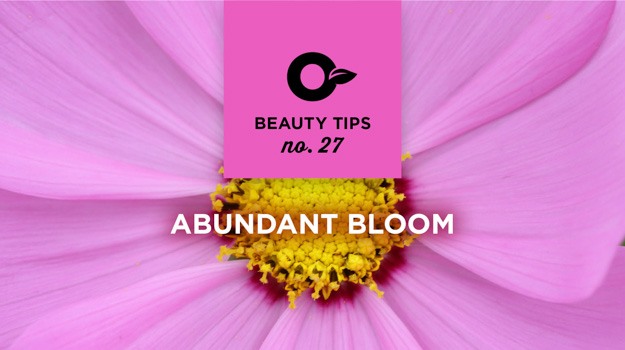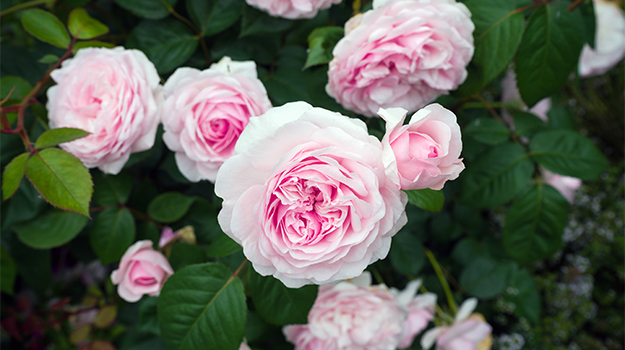
Gone are the days when a rose garden demanded constant maintenance. No more frequent pruning, searching for insects and regular application of pesticides! No more disappointments in the spring either when we realize that, even when well protected, our beautiful rose bush has not survived the harshness of winter.
Today, rose lovers can choose from a nearly endless selection of stunning cultivars that bloom with minimal fuss from spring to the first frost and that don’t need any protection in winter.
The cultivars developed in Canada are vigorous, disease-resistant and very cold-tolerant. Others, older and often from Europe, have exceptional qualities that have made them great favourites for half a century and sometimes more.
The characteristics of hardy roses
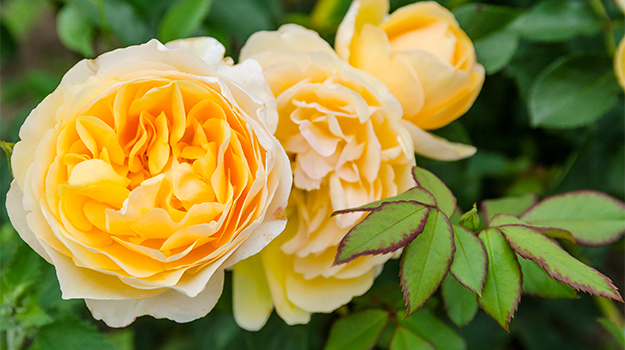
With the impressive variety available on the market, it is possible to grow roses almost anywhere, without having to spend much time and energy. Those remarkable roses come in a beautiful array of colours and offer sublime scents and roses of various shapes and sizes. While some flowers are similar to those of the wild roses along coastlines, others rival those of hybrid tea roses in beauty.
Cold-tolerant roses
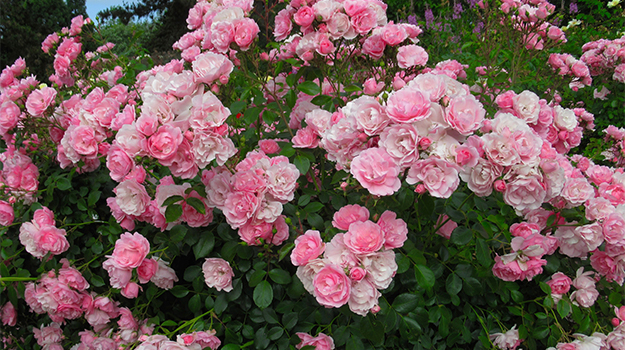
Before buying a rose bush, it is important to read the label to find out if it can survive in your hardiness zone. That tells you if the plant will survive the winter and if it requires winter protection. What the label doesn't say, however, is whether that rose bush will bloom.
Therefore, it is possible that a zone 5 rose bush, as its label indicates, only blooms in zone 7 or 8, which corresponds to the climate of North Carolina. This is especially true for hybrid tea roses, grandifloras and floribundas. No matter what the label says, it is better to give them winter protection.
Fortunately, this is rarely the case with shrub roses and almost never the case with the varieties presented in this article. Therefore, they do not require any winter protection provided that you choose a variety that’s adapted to your hardiness zone.
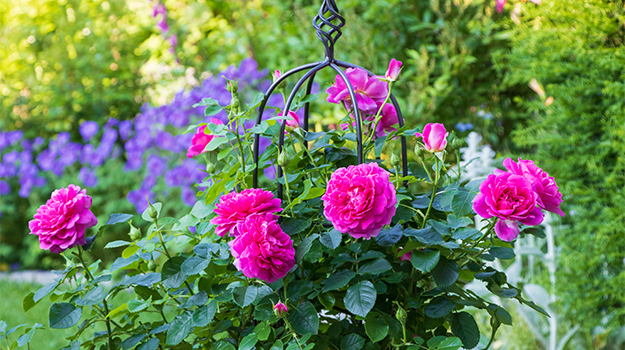
Canadian researchers have developed cultivars adapted to our climate and which flower abundantly not only in zones 4 and 5, but also in zones 2 and 3. It is the case of the cultivars of the Explorer, Canadian Artists and Parkland (Morden) series. By choosing roses from those series, you provide your garden with exceptional plants that bloom longer than any perennial, without requiring more maintenance.
Disease-resistant roses
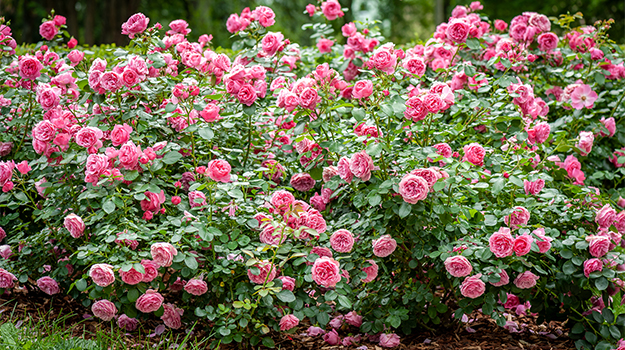
Some roses naturally fight against insects and diseases that could destroy them, such as aphids, rust, mildew (white) or black spot. Therefore, they do not need to be continuously checked and regularly treated. They are also less sensitive to the mistakes novice gardeners sometimes make, such as wetting their foliage while watering!
Although less sensitive to insects, it is nevertheless advisable to monitor their presence on hardy roses and to use an organic insecticide if necessary. (Japanese beetles can be hand-picked!)
Rugosa roses
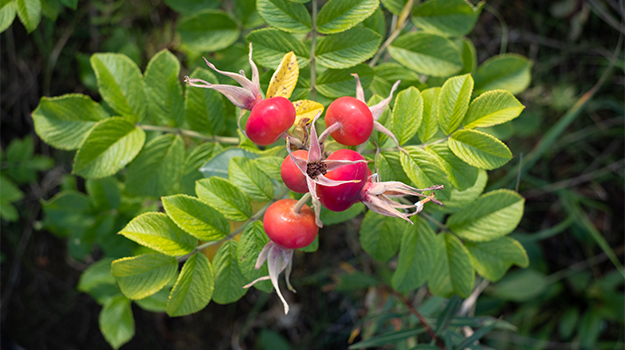
Originally from the Far East, rugosa roses can be recognized by their foliage, which is often ribbed, and their multitudes of fragrant flowers in summer which give way, in the fall, to large orange-red fruits adored by birds. Extremely tolerant, they require no winter protection, even in zone 2, and are resistant to wind, salt, insects and diseases. Although they can be pruned for maintenance in the spring, they proliferate without much care. The rose bushes that amaze us by the sea are proof of this.
Today, the rosa rugosa family includes the old hardy roses, the Pavement series (which can be planted along city streets thanks to their astonishing resistance to salt), the Explorer series and the most recent Canadian Artists series.
They can be shrubby, trailing or climbing and come in different sizes (50 cm to 3 metres), so they find their place in all gardens. Their spiky branches are wonderfully loaded with flowers ranging in colour from crimson red to pure white, including all shades of pink. Finally, there is a cultivar with salmon flowers and another with yellow flowers.
The Explorer series
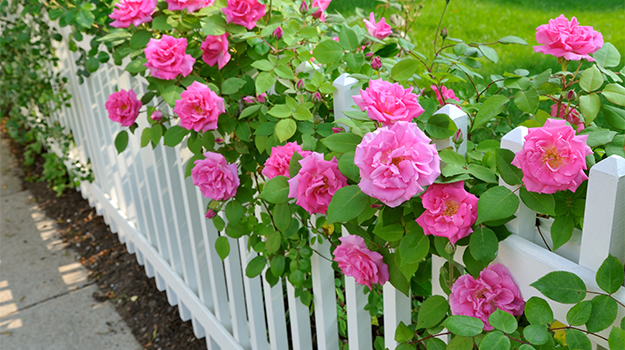
The first rose in the Explorer series was produced in 1968. In their stations in Quebec and Ontario, Agriculture Canada researchers sought to produce roses perfectly adapted to our climate where the winter is particularly cold and harsh, and the summer generally hot and dry.
In 37 years, 26 everblooming cultivars (that bloom more than once in the season) with exceptional qualities have been created. As you may have guessed, each of them is named after a famous explorer. Recognized well beyond Canadian borders, Explorer roses are highly appreciated in the United States and Europe for their abundant and very long flowering, their great hardiness (some up to zone 2) and their resistance to diseases.
The first cultivars were criticized for the appearance of their flowers, which were too similar to those of wild roses, but today, several cultivars bear roses that look amazingly similar to those of hybrid tea (Champlain) or English (Alexander Mackenzie) roses.
The Explorer series offers shrubby, trailing and even climbing varieties. Although most of the flowers are red, pink or white, there is a cultivar with pale yellow flowers (J. P. Connell) and one with peach flowers when it blooms (Marie Victorin). They form splendid bushes whose height varies between 50 cm and 3 m and are practically all hardy in zone 2 or 3. They can be planted alone or integrated to a flower bed or an arrangement of shrubs. The Explorer roses also form spectacular hedges while their climbing varieties brighten up any structure.
The last Explorer rose was produced in 2005 and since then, Agriculture Canada researchers have been working on another spectacular series called Canadian Artists.
Five exceptional Explorer roses
1. William Baffin, climbing, medium red, zone 2b
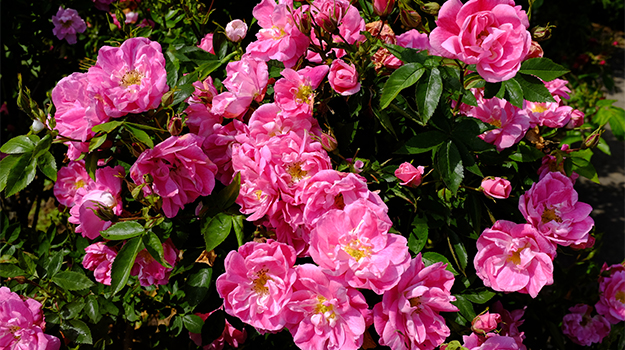
This hardy climbing rose blooms profusely and continuously from June until the first frost. Its arching branches measure up to 3 m, so it can be used to cover large fences. Very resistant to black spot and powdery mildew, it does not require any pruning and you can even leave it on its trellis all winter.
2. John Davis, trailing, medium pink, zone 3
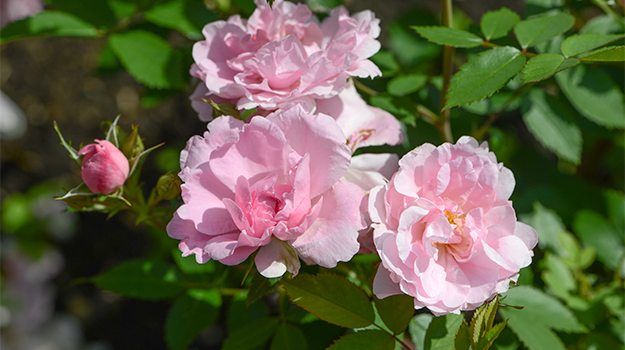
Spectacular with its trailing habit and its branches that can reach more than 2 metres, this rose bears spicy-scented flowers whose shape reminds of old roses. Its clusters of flowers of up to 17 roses make it the star of any arrangement.
3. Alexander Mackenzie, dark red, zone 2b
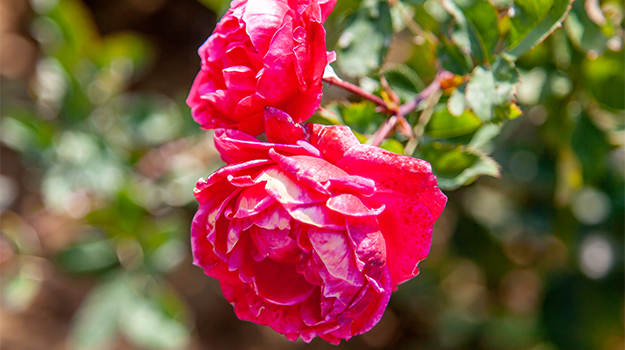
The charm of this tall shrub with an upright habit comes from its flowers resembling those of grandiflora or hybrid tea roses.
4. Henry Hudson, white, zone 2
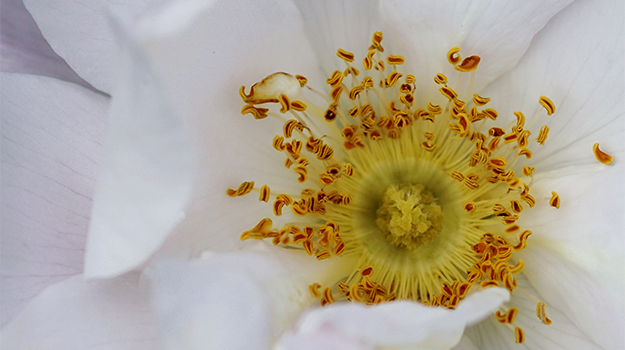
This rose is small, with a height not exceeding 0.7 m, and its white flowers are very fragrant and slightly coloured with pink like those of an apple tree. It blooms profusely and almost continuously, and it is disease-resistant.
5. J. P. Connell, pale yellow, zone 3 (4 according to some sources)
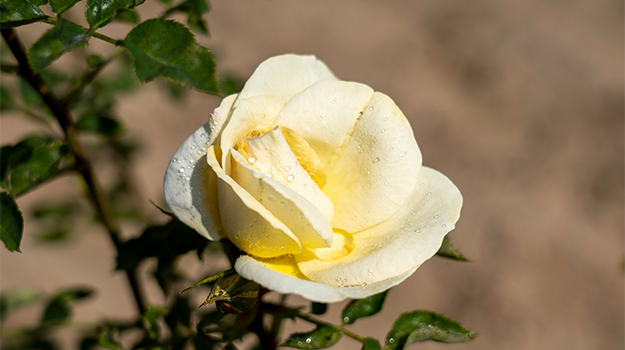
It is easily recognizable by its beautiful, soft yellow colour and its flowers which remind of those of hybrid tea roses. It is highly disease-resistant and tolerant of urban conditions, making it an easy rose to grow virtually anywhere. Although it won’t necessarily produce flowers on a continuous basis, it is everblooming, which ensures you have pretty roses for a good part of the summer.
Canadian Artists roses
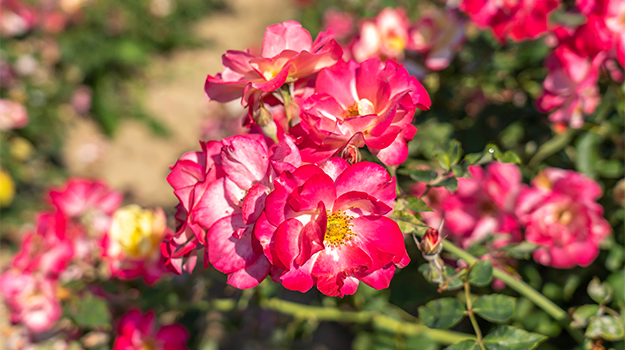
Like the Explorer Series roses, this new series from Agriculture Canada is wonderfully adapted to our climate and easily survives harsh winters. Those roses are very fragrant and everblooming, and they make beautiful cut flowers. As if that weren't enough, they are also hardy and disease-resistant, and they thrive in urban environments.
The Canadian Artists series offers plants that are generally smaller in size than those in the Explorer series, which meets the need of gardeners for roses that are easier to integrate into flower beds. The new series also wants to stand out by adding new shades to the range of rugosa roses.
Five Canadian Artists roses to praise
1. Bill Reid, yellow, zone 3
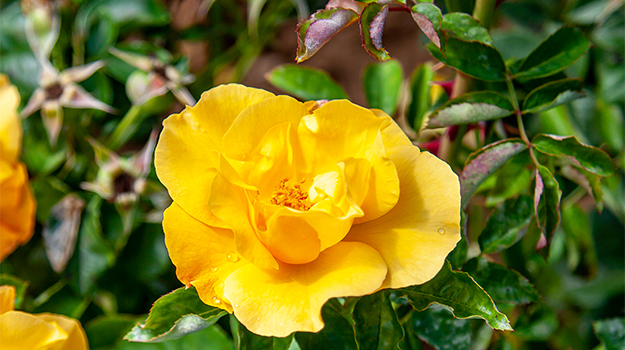
Bright yellow roses thrive on that cultivar from June to September.
2. Emily Carr, red, zone 3
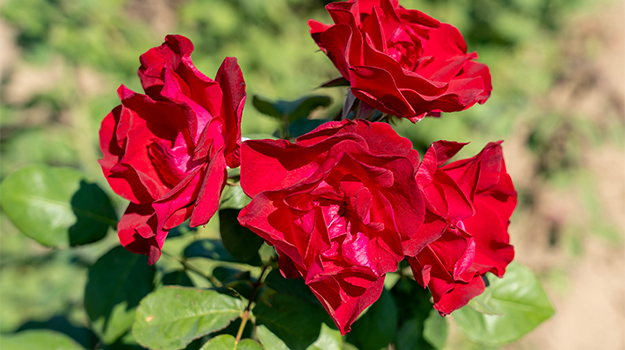
This vigorous rose bush bears beautiful red roses worthy of a florist's shop. It blooms from June to October, is disease-resistant, easily tolerates urban conditions and makes beautiful bouquets!
3. Félix Leclerc, climbing, pink with a yellow heart, zone 3
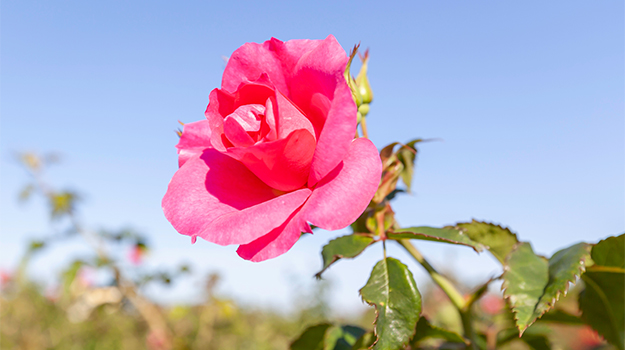
This is a stunning climbing rose whose semi-double flowers feature pink petals, but yellow near the heart. It requires no winter protection and can remain on its trellis all winter. As tall as the roses in the Explorer series (3 m), it is however narrower (1.5 m), which makes it look more like a classic climbing rose.
4. CampfireTM , multicoloured, zone 3
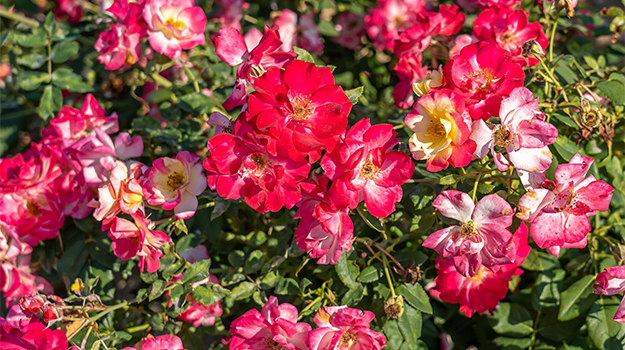
Inspired by a painting by Canadian artist Tom Thompson, this rose has quite a show in store for you. The colour of its delicately scented semi-double flowers changes over the season, going from yellow to pink to red. That is enough to make it the star of any arrangement.
5. Oscar Peterson, white, zone 3
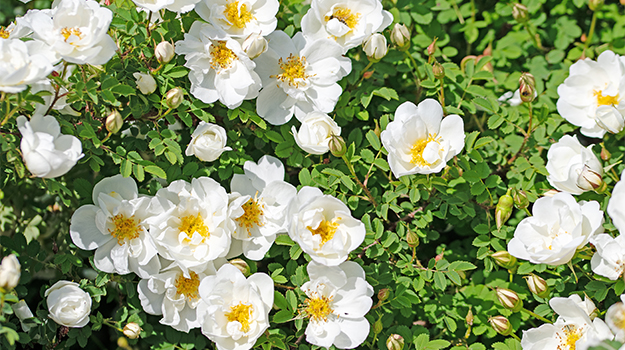
Named in honour of Canadian jazz pianist and composer Oscar Peterson, this rose has an upright habit and very glossy dark green foliage that contrasts beautifully with its white flowers with large golden yellow stamens.
Parkland series roses
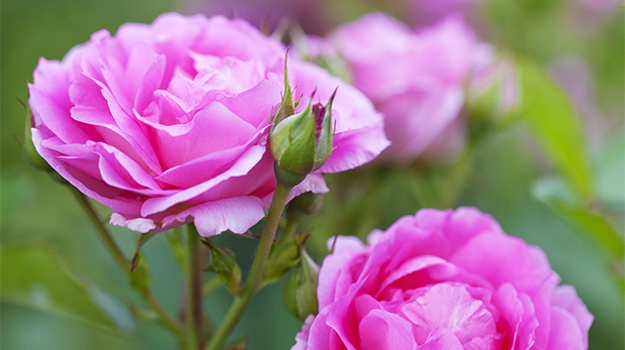
They are also known under the name Morden, which actually only includes part of the Parkland series. Those roses are the result of research conducted in the experimental stations of Manitoba from the middle of the 20th century on a cultivar originating from the Prairies. Extremely cold-tolerant, they are hardy in zone 2 or 3. They also tolerate hot summer temperatures and dry soils wonderfully.
Also smaller than the Explorer series roses, they bloom continuously and their flowers resemble those of hybrid tea and floribunda roses.
Five hardy roses with stunning flowers
1. Morden Blush, pink, zone 2
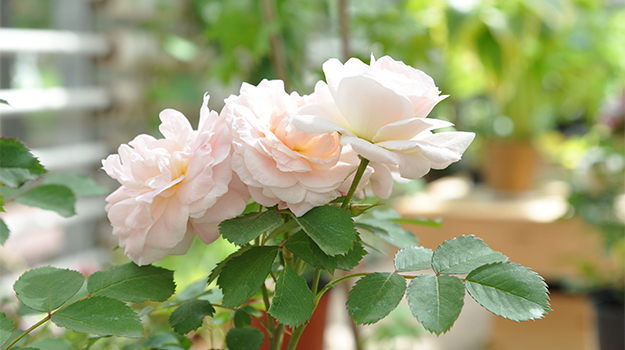
This slow-growing shrub rose is very floriferous. Its old-fashioned flowers display shades ranging from light pink to ivory from June to October. It can be used as a feature plant, or to form a dazzling hedge.
2. Morden Fireglow, scarlet, zone 2
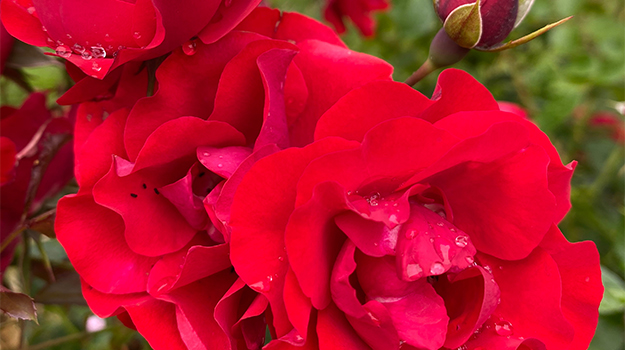
With its scarlet red flowers similar to those of florists, the Morden Fireglow rose is more of a classic rose than a hardy rose. It blooms profusely in June, then sporadically until October. It is a lot more tolerant to the cold than it is to diseases.
3. Cuthbert Grant, red, zone 2
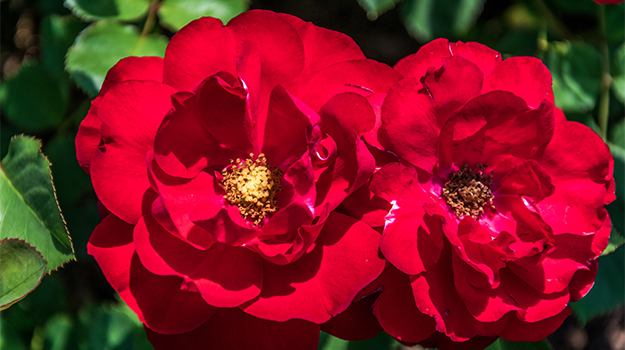
This rose is covered with large, semi-double, velvety flowers of a beautiful deep red that look just like tea hybrid roses.
4. Morden Cardinette, dwarf, red, zone 2
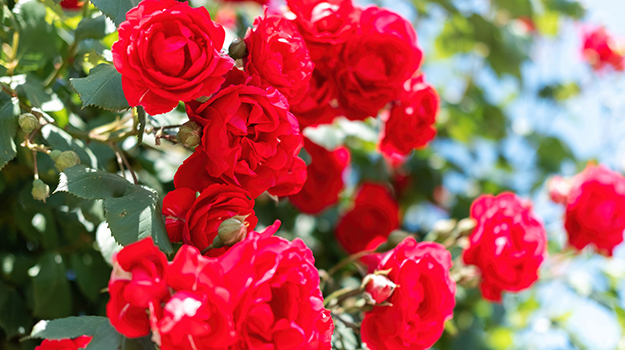
Unlike other hardy roses, this is a dwarf shrub that does wonders in a pot! Its roses, with a diameter of 8 cm, are larger than those of other cultivars used in containers, which is definitely its charm! Its continuous flowering is set to begin on Mother's Day.
5. Prairie Joy, hedge, pink, zone 2
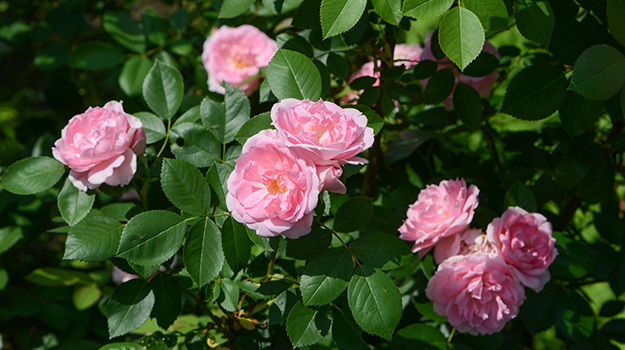
This is the first hedge rose developed in Morden as part of the Parkland series. Thick enough to form a screen, this rose can easily reach a height and width of 1.5 m. With its beautifully arching stems, it is used in informal hedges and flowers mainly in June.
Tip: Using mulch at the base of your roses keeps weeds in check, protects you from their thorns and retains moisture!
English roses from the David Austin series
English breeder David Austin had very specific criteria for his roses. According to him, the essential qualities were : old-fashioned flowers bearing multiple petals, a compact and thick shrubby habit, healthy foliage, and abundant and continuous flowering from June to the first frosts.
He also wanted to offer rose lovers an impressive variety of colours, which is not as common among cold- and disease-tolerant roses. But above all, his modern roses had to have the heady scent previously reserved for old roses.
It turned out to be a huge success! David Austin's English roses now include more than 240 varieties that are acclaimed around the world. The famous creator passionately continued his work until the dawn of his 90th birthday.
If you have never seen the exceptional shape of an English rose or smelled its fabulous fragrance, you will be charmed when you do! Although David Austin roses are not as cold-tolerant as cultivars developed in Quebec, they are hardy in zone 4 or 5, making them much better suited to our climate than hybrid tea roses (zone 7 or 8).
Three stunning English roses to grow in your garden
1. Graham Thomas, yellow
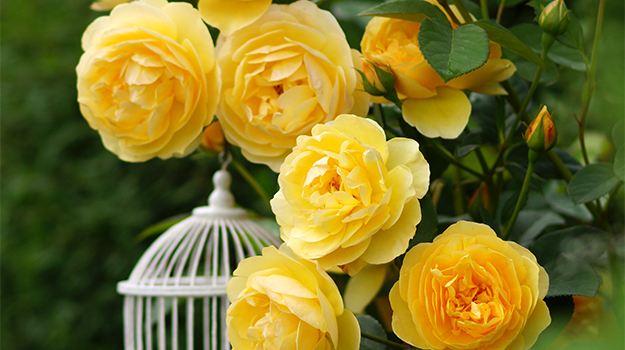
With its multiple coppery yellow petals of remarkable intensity and its sweet fragrance, Graham Thomas has seduced the whole world. Its launch is at the origin of the success of the new English rose. This spectacular shrub blooms profusely from June to October and is disease-resistant. It was named the World’s Favorite Rose in 2009, the highest distinction that a rose can be given.
2. Munstead Wood, purple
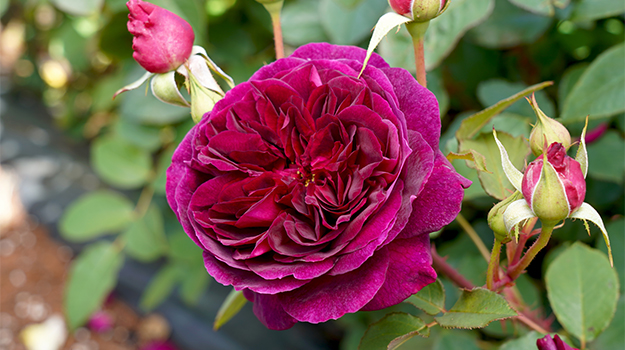
David Austin marked the arrival of his 200th English rose with a unique cultivar whose roses are an extraordinary dark purple and very fragrant.
3. Pat Austin, orangy
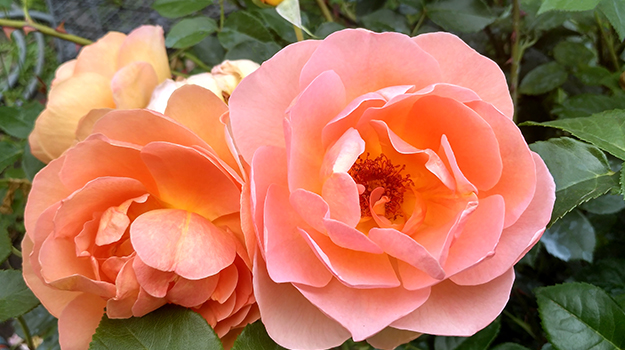
This rose is a tribute to David Austin's wife, who was a sculptor. Its orangy flowers offer rich shades ranging from pure gold to coppery.
Seven amazing roses that are worth a try
Finally, here are some other roses to consider. Without being indestructible, those roses deserve our attention. Some are hardier, others are resistant to black spot and mildew. They do require some care but are nevertheless considered as low-maintenance roses.
1. Knockout rose
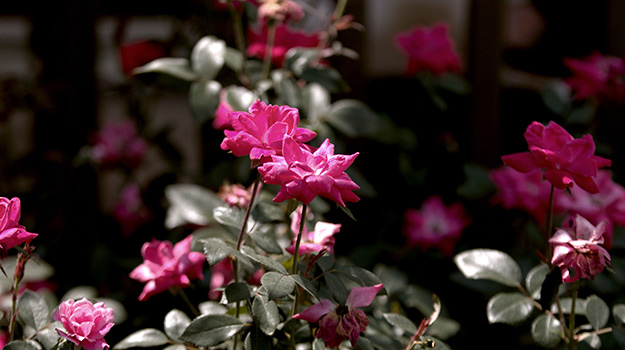
Knockout is extremely popular, with good reason. This long bloomer is heat-tolerant and requires no deadheading. It is available in cherry red, creamy yellow, soft pink and sunset hues. In 2018, it was named the World’s Favorite Rose.
2. Ballerina rose
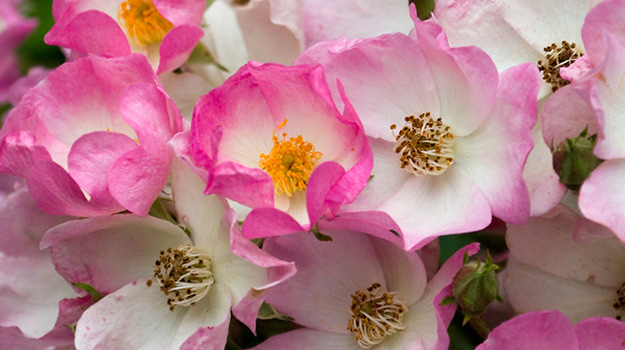
Ballerina is appreciated for its bountiful clusters of small, pink blooms which remind of apple flowers with their light-coloured centres. It usually blooms from June to October, its branches bending beautifully under their weight. Unlike most roses, it is not unhappy in a semi-shaded spot.
3. Mister Lincoln rose
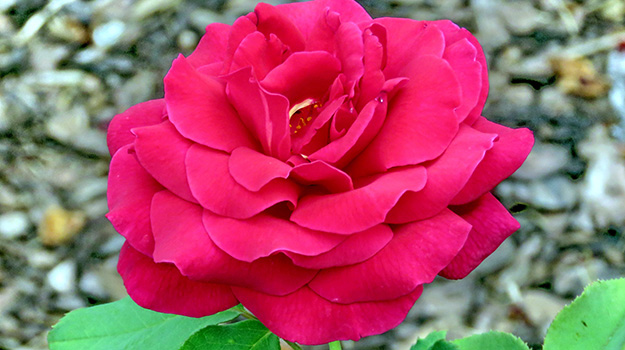
Mister Lincoln is a hybrid shrub rose producing deep red flowers with a velvety texture, a deep green foliage and an exquisite fragrance. A climbing version is also available. Among other things, it received the All American Rose Selection award, the highest distinction given to a rose in the United States. However, it is sensitive to black spot.
4. Carefree Beauty rose
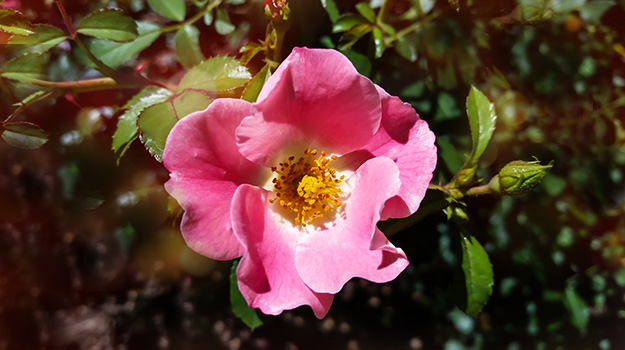
Carefree Beauty is a vigorous shrub in almost any type of soil. Heat- and cold-tolerant, this plant produces fragrant, dark pink flowers. As a bonus: pretty light orange fruits. With its bushy habit, it does wonders in shrub arrangements.
5. Mother of Pearl rose
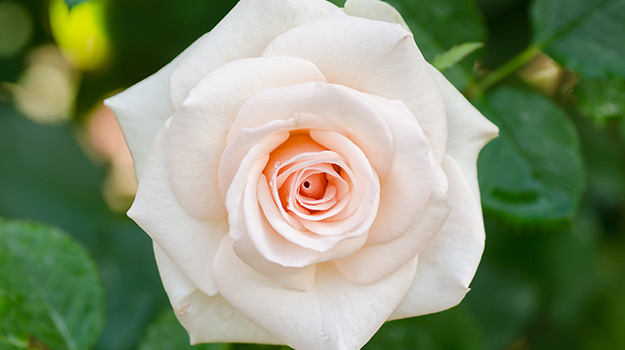
Mother of Pearl is a bushy hybrid tea rose that produces large, creamy peach blooms almost continually.
6. Starry Night rose
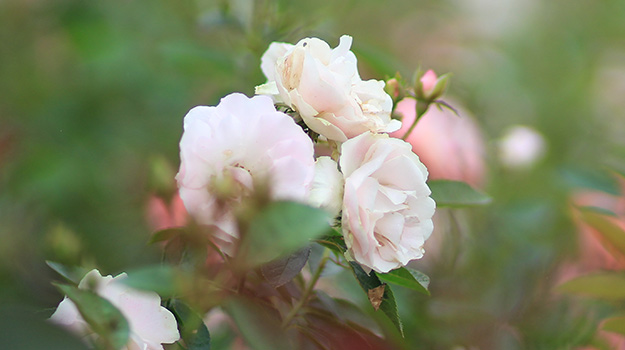
Starry Night is a hedge-type rose with clusters of eye-catching white flowers, each with golden stamens. The fragrance is sweet and light.
7. Oso Easy rose
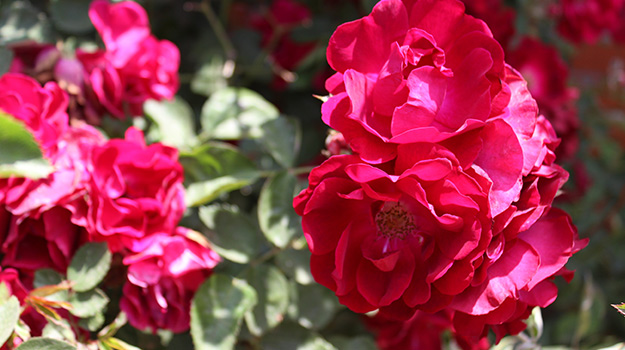
Oso Easy is a low-growing rose that comes in various shades such as candy apple, red, pink, butter yellow, peach and paprika. The flowers are of good size and simply lovely. This shrub rose blooms all summer and can be used to form spectacular borders or beds.
Found your dream rose? To learn how to take care of it, read our article How to plant roses.

